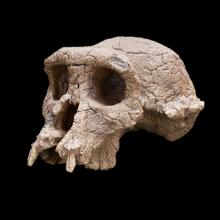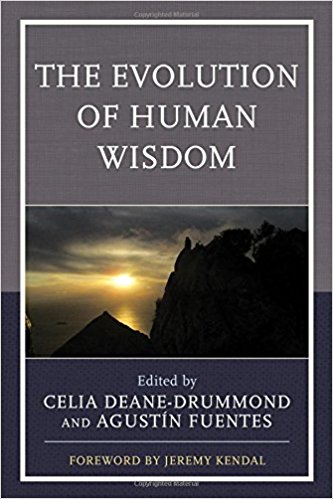Testing this from new laptop
update
I received my PhD in anthropology at the University of Wisconsin-Madison in 2014 (go Badgers!) and was a postdoctoral researcher at the University of Notre Dame from 2014-2017, where I worked on a project on the evolution of human symbolic thought, collaborating with scholars from philosophy, theology, psychology and other related disciplines. I am currently an assistant professor in anthropology at Appalachian State University in North Carolina. I have published on various topics such as early hominin mandibles, semiotics, and the processes by which hominins became human. My first book, written with Nam Kim, Emergent Warfare in Our Evolutionary Past was published in March of 2018.
Many of my papers can be found on my Academia.edu page and at researchgate or just email me if you want a copy!
PhD in Anthropology, 2014
University of Wisconsin-Madison

A collection of info on hominin fossils in the style of an Advent calendar

Looking at the biological and archaeological roots of modern human behavior.My postdoc work at the Univeristy of Notre Dame involved creating a database of the evidence of human symbol-making. When creating it, we realized that it would be helpful to make it open-source.

Working with scholars in the humanities to better understand what it means to be human.

Recent collaborative project looking at the evolutionary roots of human violence
An anthropological perspective is an integral part of a college student’s education and will serve them well as they become the next generation of student-scholars. In class I direct content towards a better understanding of the causes and consequences of human variation, equipping students with the skills to apply anthropological concepts to their daily lives.
Classes taught